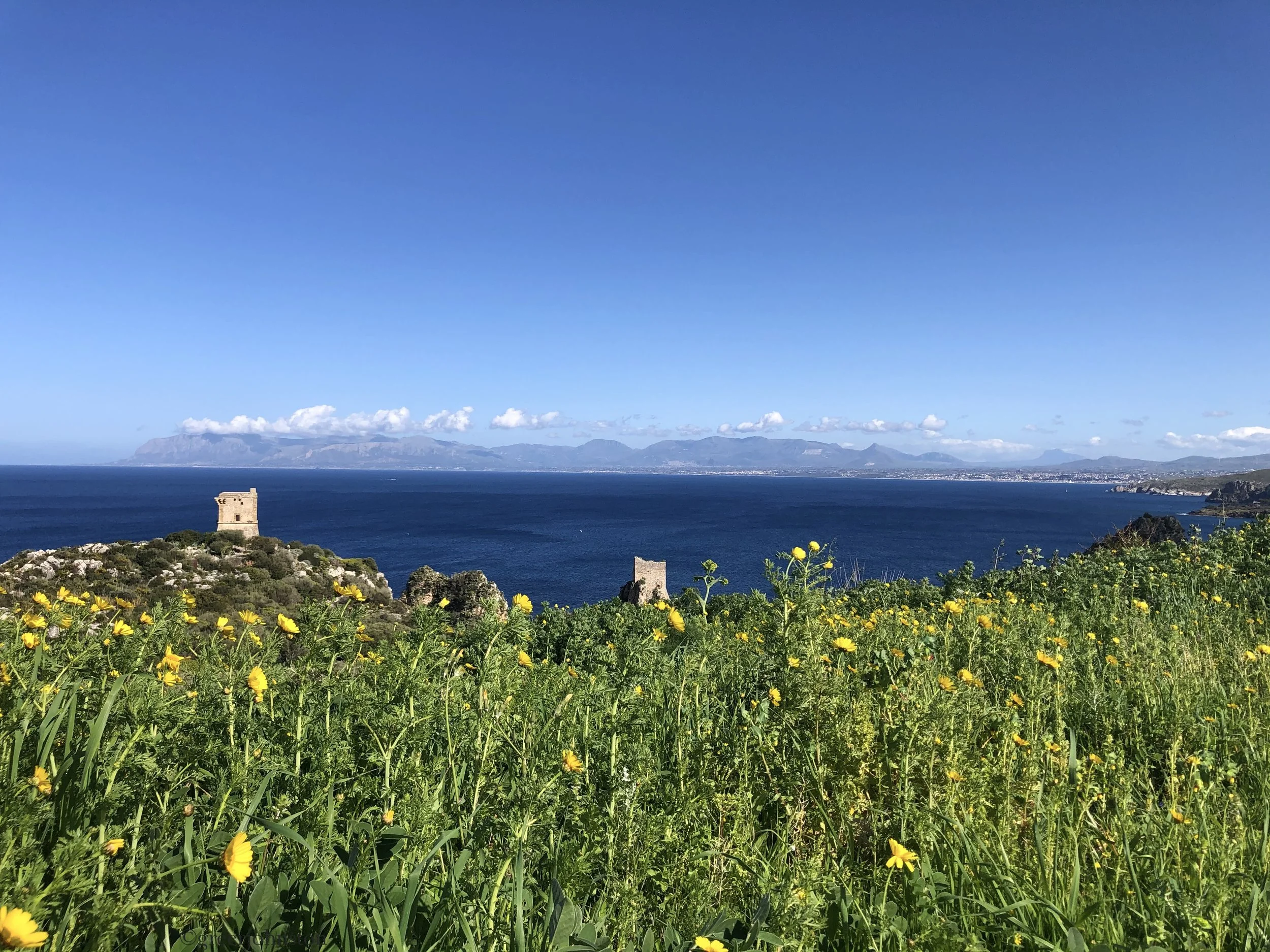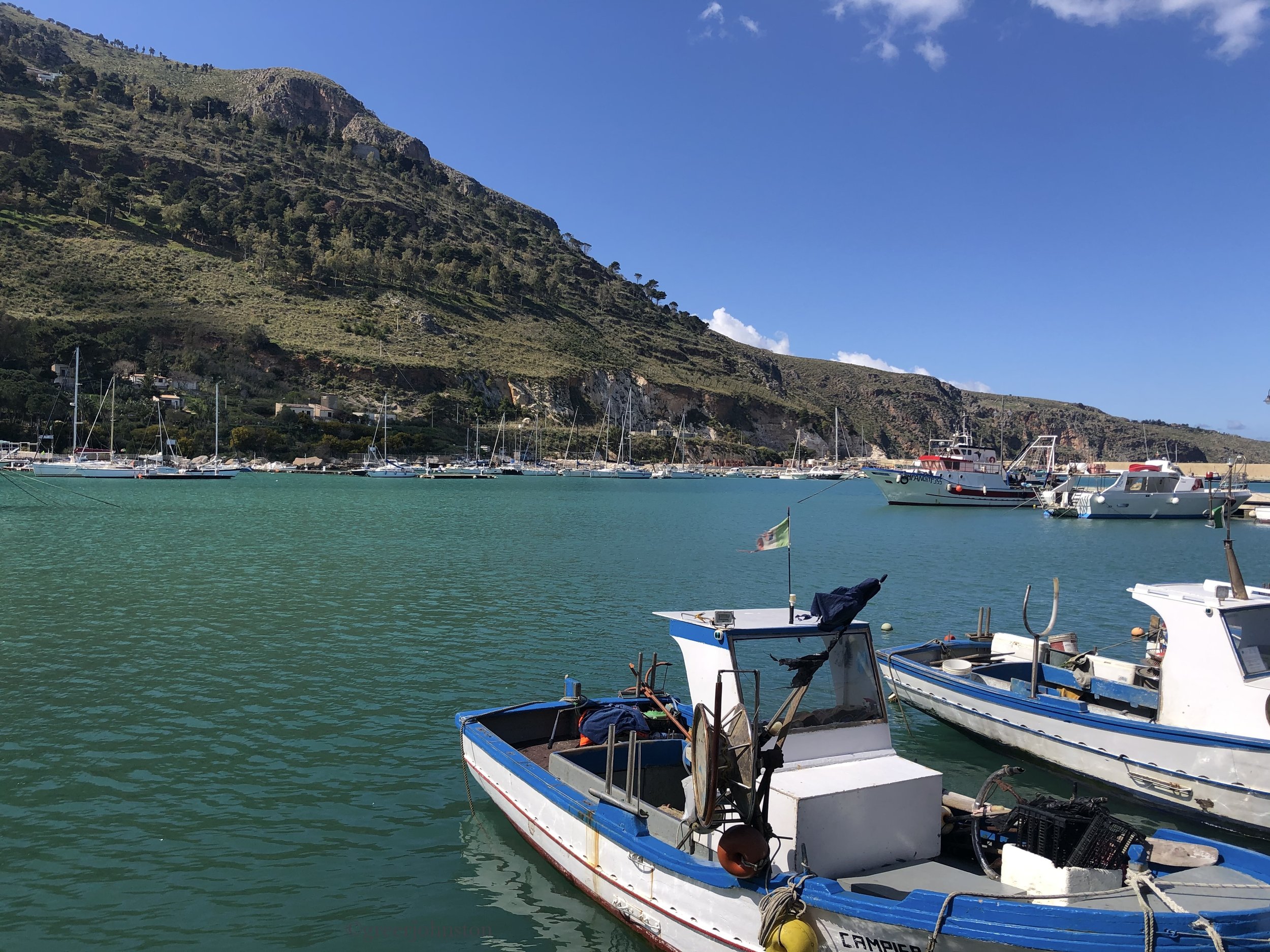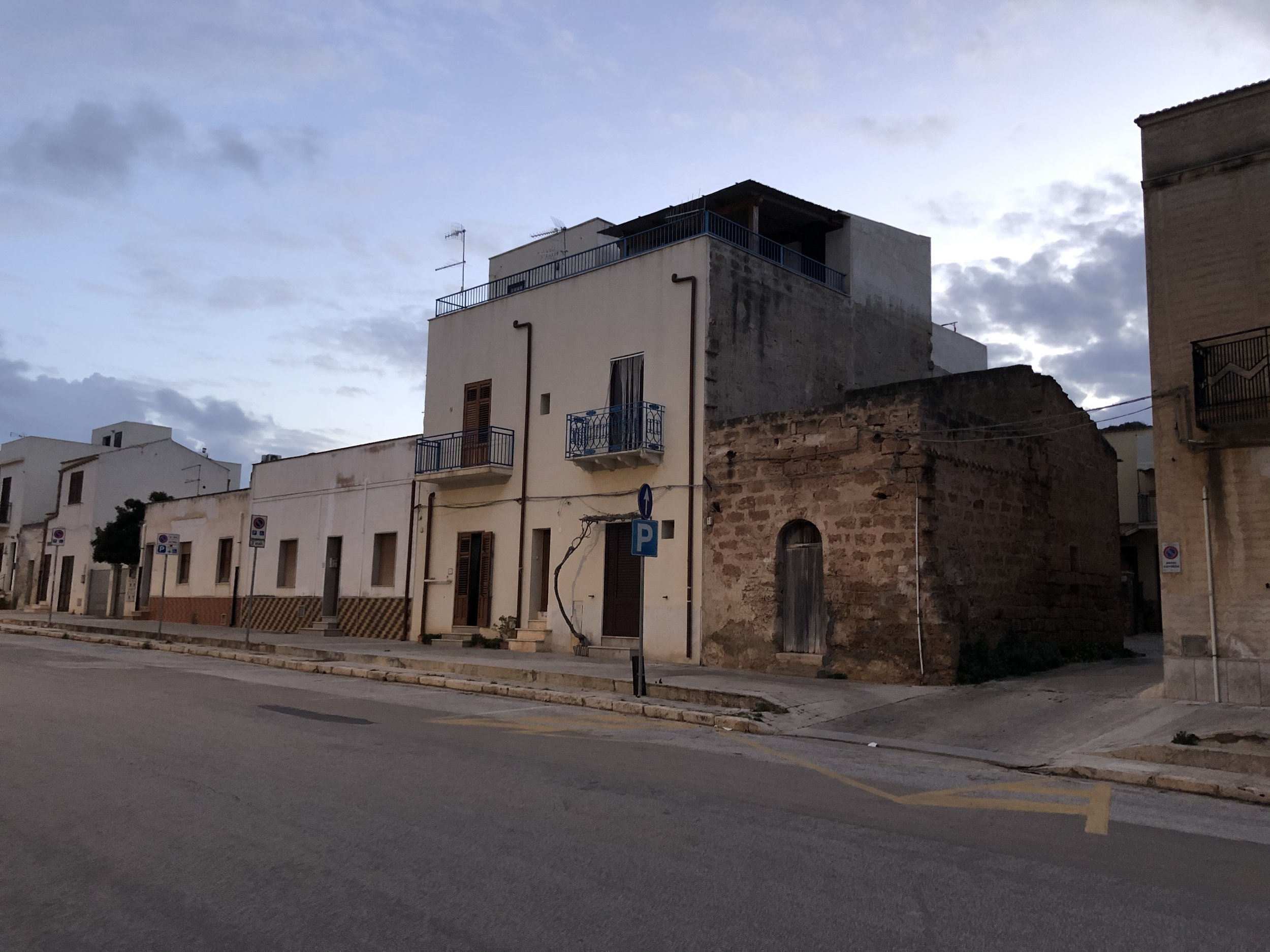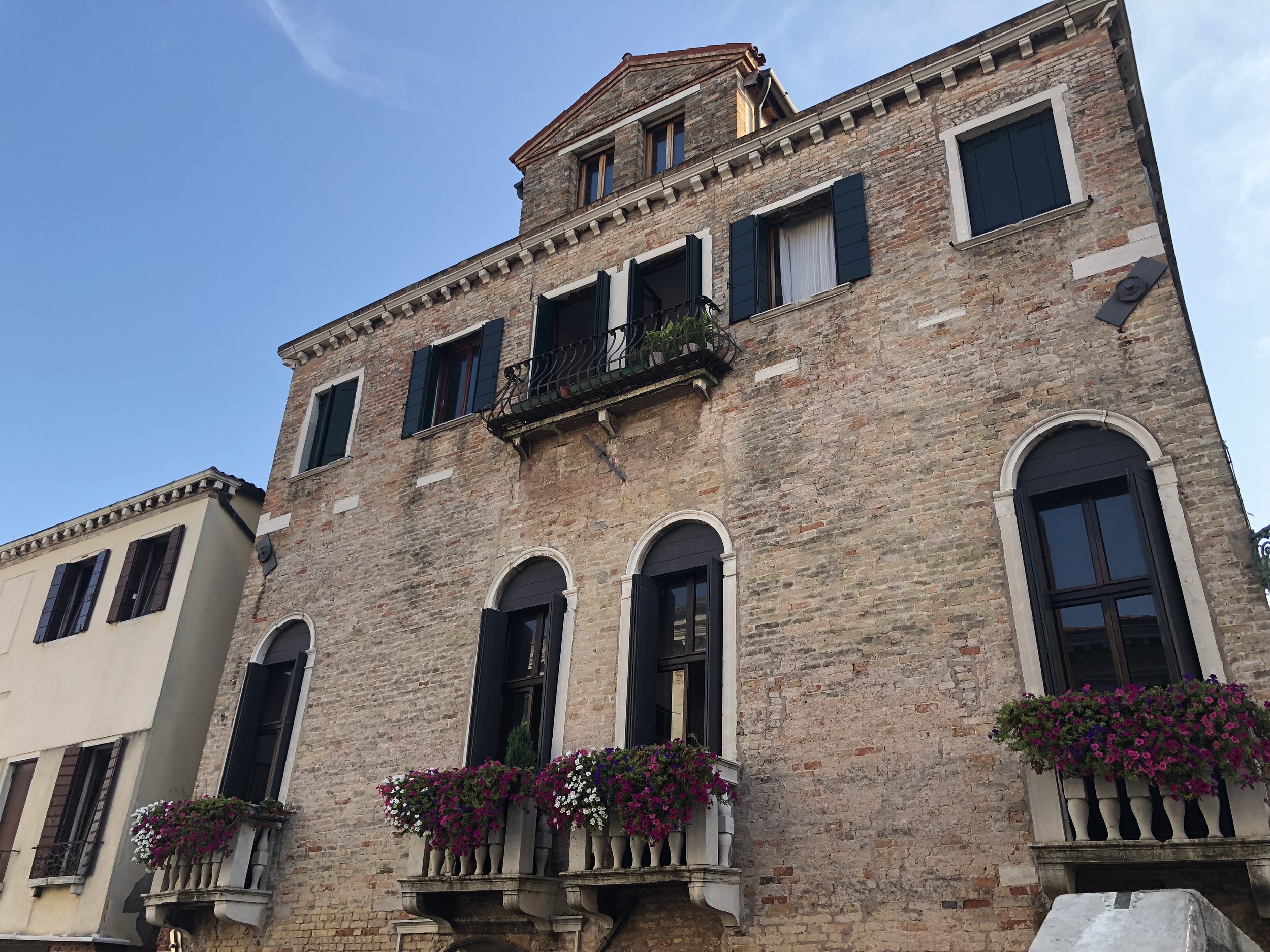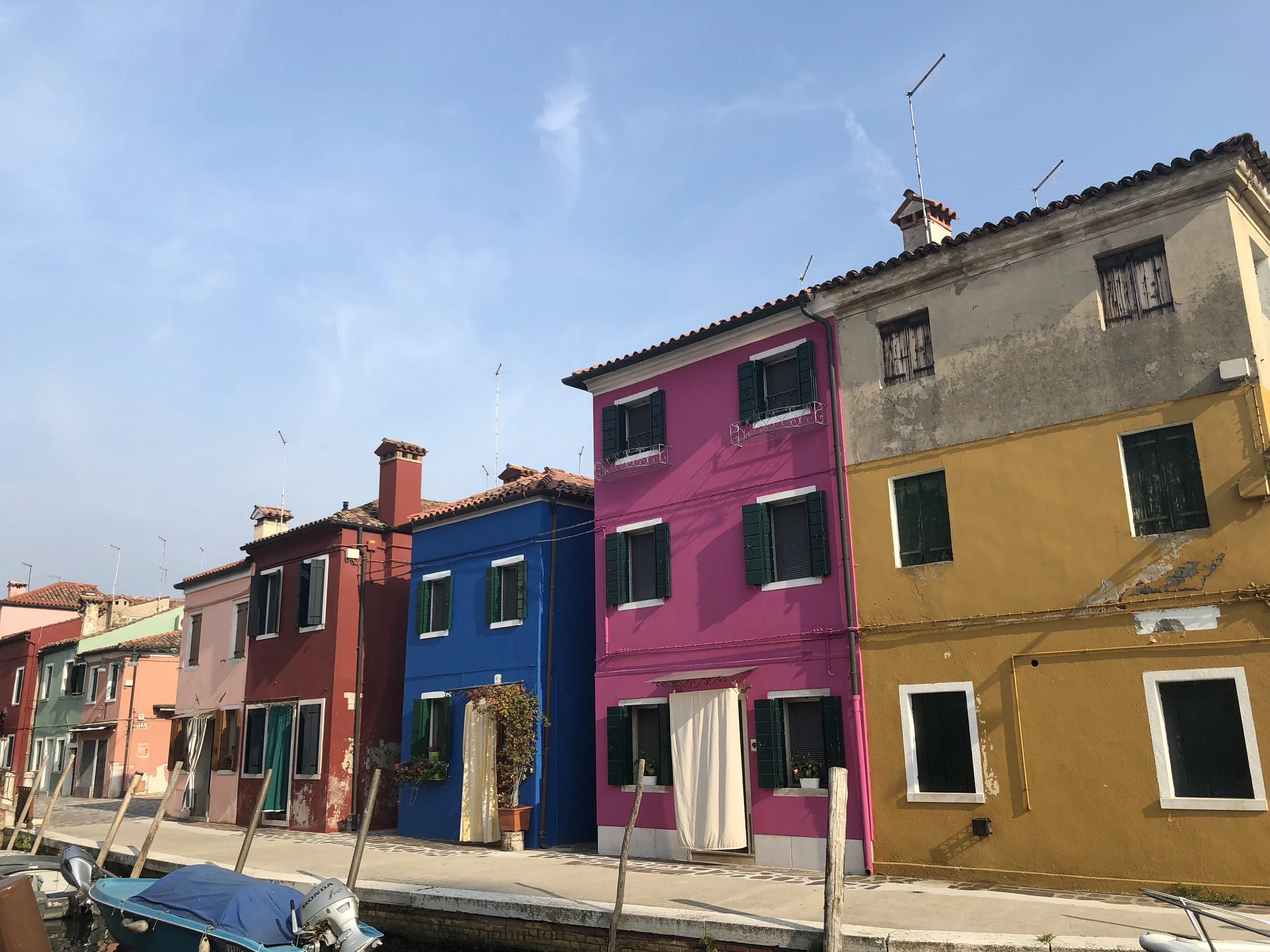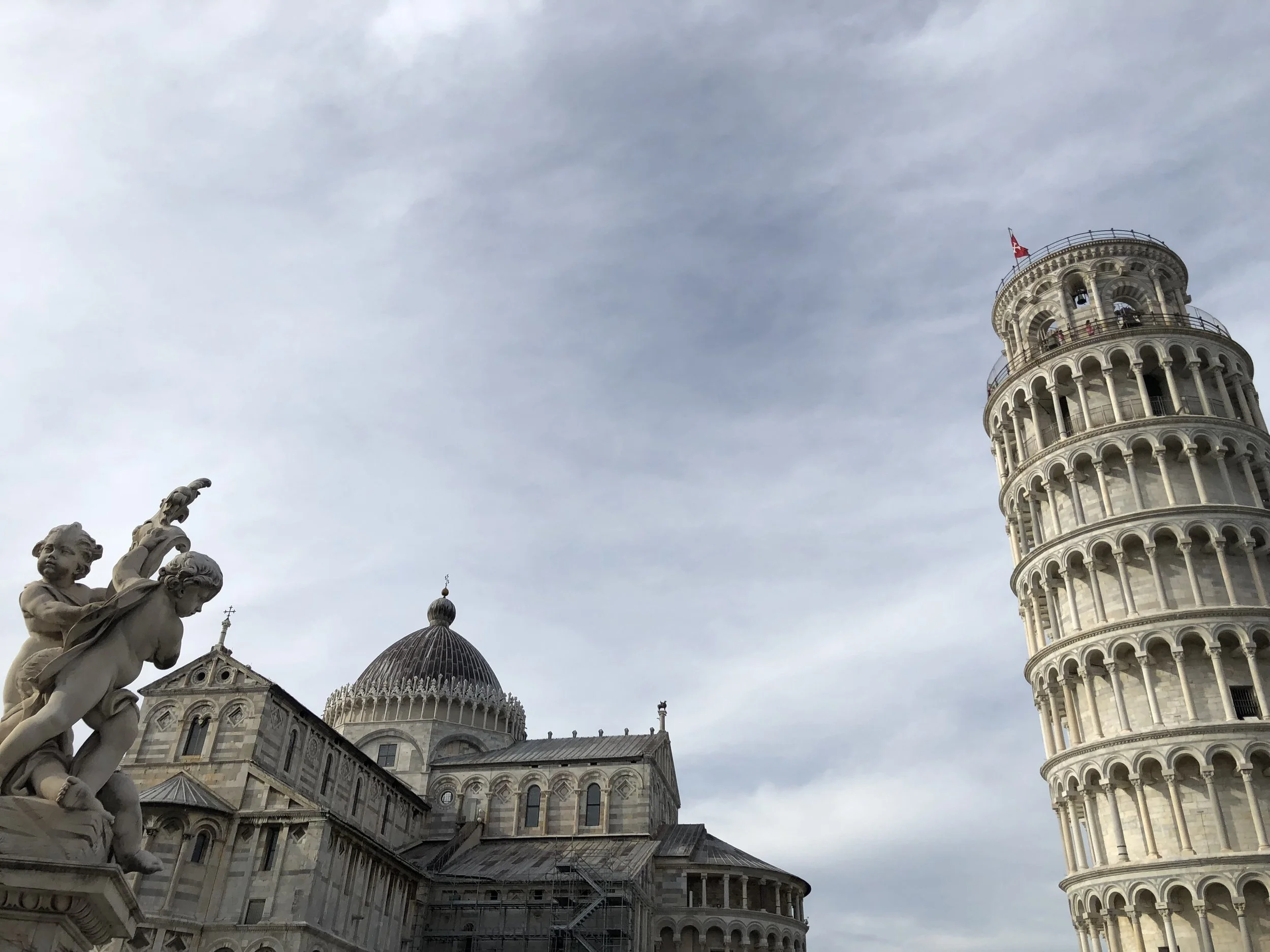First things First in Italy
When you move to a new country, there are so many things that you aren’t even aware of that you need. Over the past few years, I have slowly learned about these tools and services once the need arose for them, so today I wanted to share with you a few of the things that you either need or will be very helpful for you once you move to Italy.
So far in the Moving to Italy series, we have covered the essential processes of finding an apartment, obtaining your codice fiscale, and declaring your residenza. Now we can take a look at some of the next steps :)
I also have made a YouTube video with all of this information that you can watch here:
Tessera Sanitaria
One of the first things you will do once you have moved to Italy is enroll in the national health system. Now I plan to go more in depth about this in the future, but I wanted to mention just one part about this now. When you do enroll in the healthcare system here, you will issued your tessera sanitaria, which is your health card card. And having this card is very important. It is not a form of identification per se, but you can be asked for it a lot of different circumstances, like at the doctor’s office, at the pharmacy, but also when you are doing everyday fiscal transactions. And this is for anyone who is living in Italy, not just on a permanent basis. Anyone who is here for a determined period of time, for example on a study or work visa, is able to enroll in the healthcare system and have a tessera sanitaria.
Castellammare del Golfo, Sicily
Carta d’Identità
Now if you have moved here and have changed your residency to live in Italy, you will then also need to apply for your carta d’identità, or which is your identity card. To apply for the carta d’identità, you can make an appointment with your local Ufficio Anagrafe, or population registry office. You can ask locally about what is the procedure to make an appointment, or you can check online at the Ministero dell’Interno (Ministry of the Interior) in which it currently possible to make the appointment for certain comune only. Of course it’s really important to have you identity card, it’s requested for a lot of different bureaucratic procedures so the sooner you can get this, the better.
A Local Bank Account and IBAN Number
The next thing you will need to have is a local bank account and an IBAN number. Obviously if you are going to be living in Italy, you will need to eventually open a bank account here, and when you do, you will also be assigned an IBAN number. This is very important because it is how people can send you money, including your employer, or if you have a scholarship, this is how your university can send you money. This is also a very common way for people to send money from one person to another, for example to reimburse someone or to pay your rent. This kind of money transfer is called a bonifico. I think some banks do charge for these, so it would be worth looking for a bank that offers them for free.
Macari, Sicily
SPID
One of the next things to apply for is a SPID. Your SPID is your Italian Digital identity, and it is really so useful. You can use it for a variety of things, mostly having to do with logging into different government websites and services. It is really easy to set up. There are different companies who offer this service, but I chose is to go with the post office, the Poste Italiane. This is just my opinion, but I just trust the post office to offer this type of service rather than a private company.
Once you have your SPID, you can also download an app called IO, which means “I” in Italian. IO is really great because it has a lot of your important information in one place, and it reminds you about things, like certain, different types of taxes you might owe, and the deadline to pay. While it has a lot of useful information, I do not believe it is totally comprehensive, so make sure you do not take for granted any taxes you may owe. Always refer to a local CAF office or a tax professional.
PEC
And finally, not everyone may need this but I do find that it’s nice to have, and that is a PEC. A PEC is basically certified email, and the reason it can come in handy is that only PECs and can email other PECs, and sometimes the PEC email, for an office for example, is the best way to get ahold of someone, or the way to get a faster response. I’ve only used PEC to communicate with government offices. Again, there are different providers who offer this service, but I prefer to use the Poste Italiane. There is a small cost to open the PEC, and you can choose the amount of time you want to pay for up front and how much storage you will need.
San Vito Lo Capo, Sicily
Conclusion
This was just a very quick overview of some of these tools and services that you will need or that will you find useful once you move to Italy. Once you have these things set up, I would say you are pretty much good to go. Keep an eye out for more articles in my Moving to Italy series, and you can take a look at the articles already on the blog to see if there is something you may have missed.
Note: The header image is from Scopello, Sicily.

